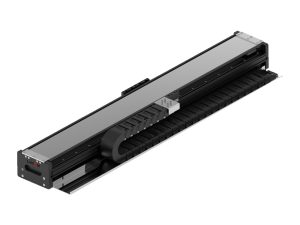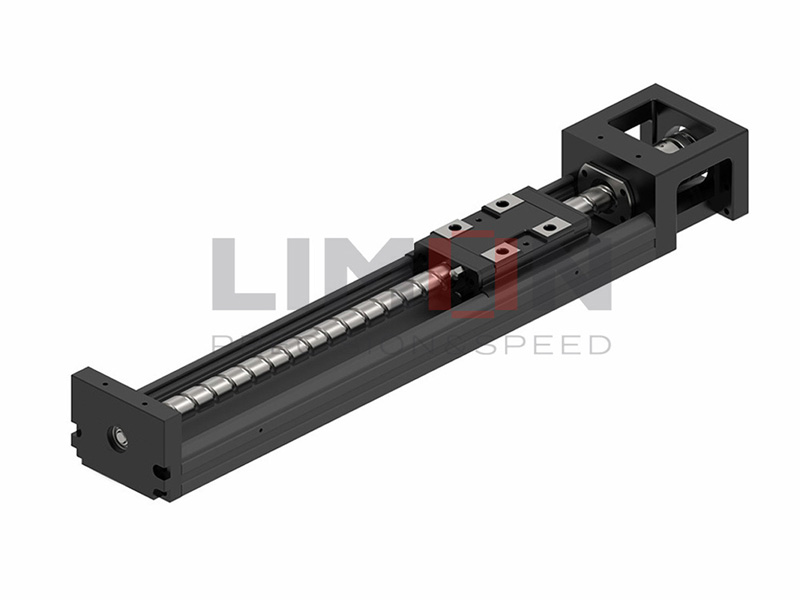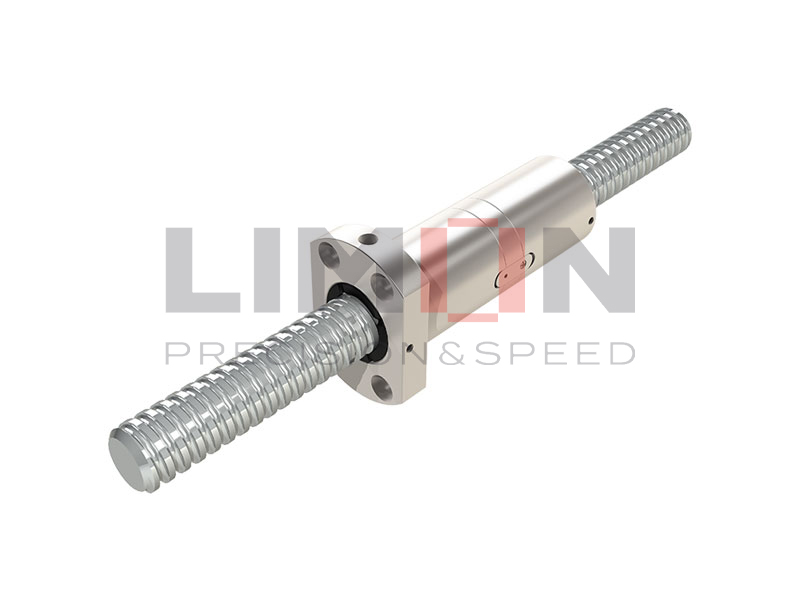In modern automation, precision is no longer optional—it’s expected. That’s where the linear motor unit steps in, delivering unmatched accuracy, speed, and reliability. Whether you’re optimizing semiconductor lines or upgrading CNC systems, understanding what a linear motor is and how it works can unlock new levels of performance in your operation.
What Is a Linear Motor?
A linear motor is an electric motor that creates straight-line motion directly—without the need for mechanical transmission systems like screws, belts, or gears. Unlike rotary motors, which require conversion mechanisms, a linear motor unit produces direct linear motion by design.
Keyword: linear motor unit
Key Benefit: No mechanical conversion = less wear, more efficiency
These motors are designed around electromagnetic principles, offering high precision motion, fast acceleration, and excellent control, making them indispensable in today’s industrial automation and precision manufacturing.
How Does a Linear Motor Work?
At its core, a linear motor consists of two main parts:
Primary (Stator): Contains the electromagnetic windings
Secondary (Forcer): Usually made of permanent magnets or conductive material
When electrical current flows through the stator, a magnetic field is generated, creating electromagnetic thrust along the motor’s length. This force pushes the forcer in a straight line, resulting in immediate linear movement.
No belts. No gearboxes. No screw drives. Just pure linear motion.
Types of Linear Motors and Their Applications
Not all linear motors are created equal. The right configuration depends on your load, speed, and precision requirements. Here’s a breakdown:
Iron-Core Linear Motors
High force density
Best for heavy-load applications in machine tools and packaging lines
Slight cogging may occur
Ironless Linear Motors
Smooth, cog-free motion
Ideal for semiconductor manufacturing, lab automation, and precision inspection equipment
Lightweight and highly dynamic
Tubular Linear Motors
Cylindrical, compact design
Excellent for robotics, actuators, and systems requiring high acceleration
Efficient space utilization
Where Are Linear Motor Units Used?
The linear motor unit is the driving force behind some of today’s most advanced machinery. Key industries include:
Industrial Automation: Fast, accurate pick-and-place operations
Semiconductor Equipment: Sub-micron positioning with zero backlash
Medical Devices: Smooth motion with clean operation for lab automation
CNC Machines: Rapid tool changes and precise part handling
Transportation: Maglev trains and other electromagnetic propulsion systems
Summary: Why Choose a Linear Motor Unit?
Choosing a linear motor unit means opting for:
Direct linear drive (no mechanical conversions)
High-speed, high-precision performance
Minimal maintenance (fewer moving parts)
Increased energy efficiency
Whether you’re scaling up throughput or aiming for nanometer-level precision, linear motors deliver.
Visit LIMON to explore cutting-edge linear motion solutions engineered for next-generation automation.






